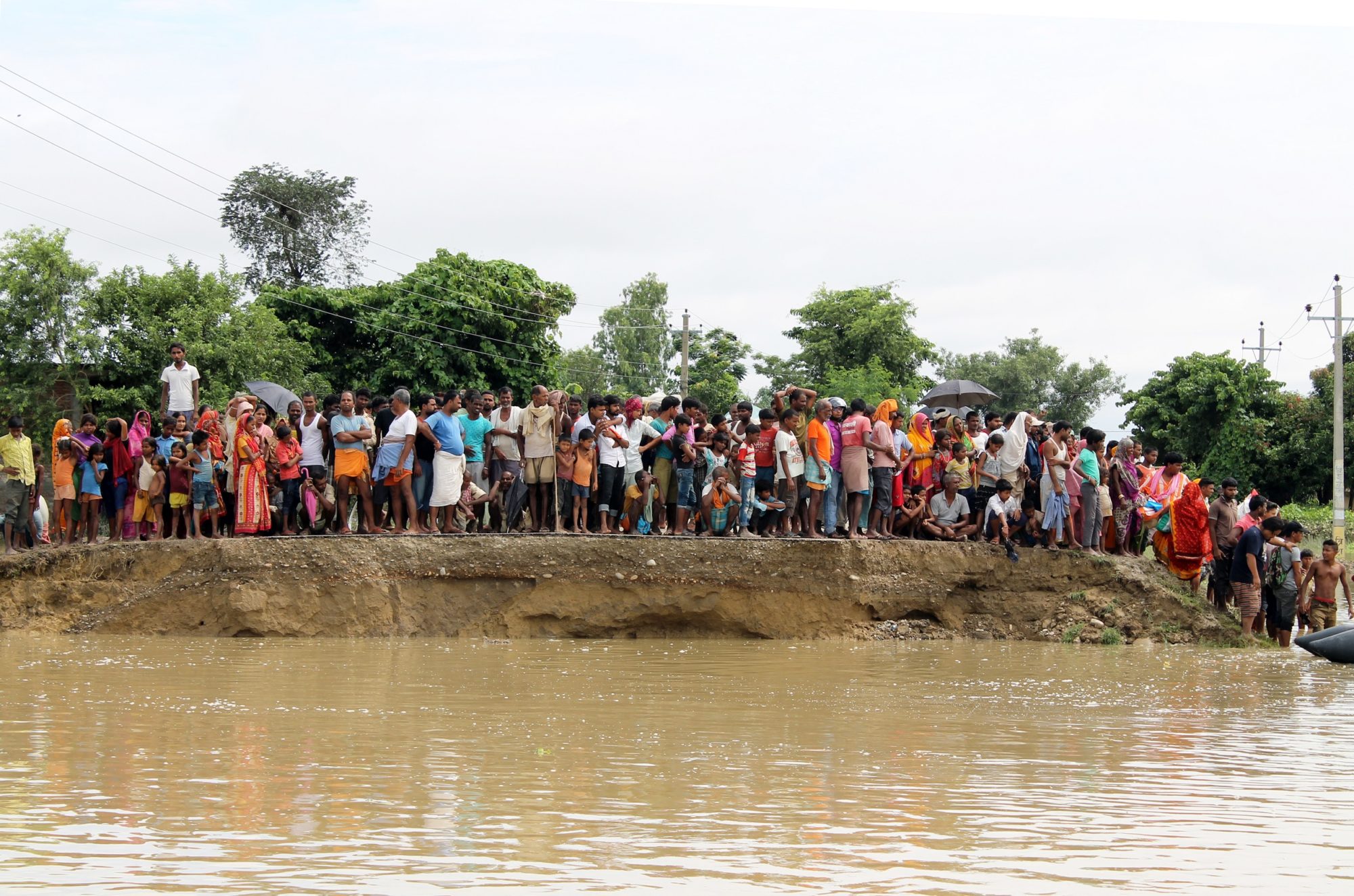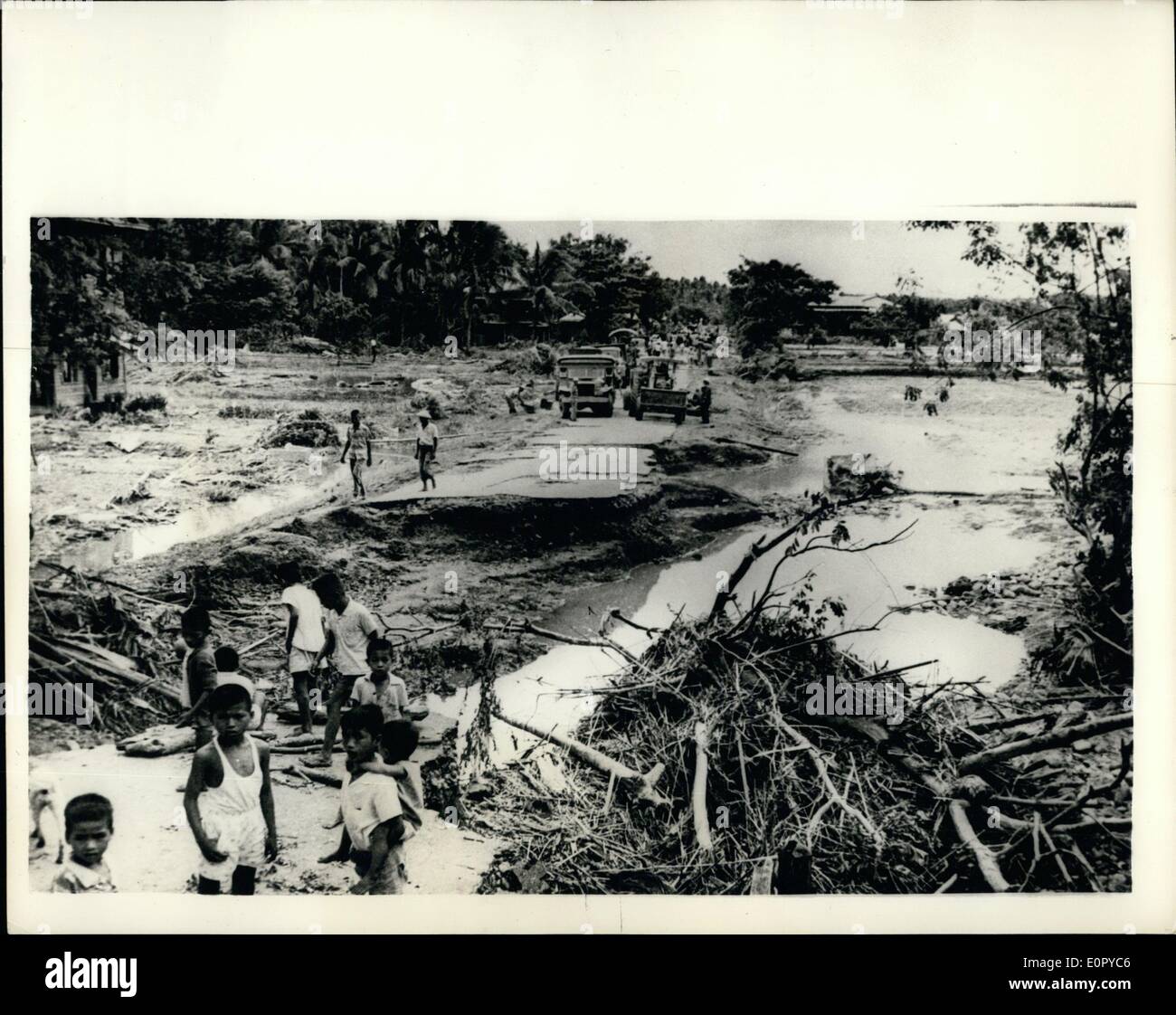Devastating Flash Floods Ravage Singapore, Causing Widespread Disruptions
Editor's Note: "Devastating Flash Floods Ravage Singapore, Causing Widespread Disruptions" has published today to give a overall idea to our target audience and for wider society about the impact of flash floods in Singapore.
After analyzing all the possible aspects and digging in-depth information, we have put together this Devastating Flash Floods Ravage Singapore, Causing Widespread Disruptions guide to help our target audience make the right decision.
Key Differences or Key Takeaways
FAQ
In the wake of the devastating flash floods that ravaged Singapore, several questions have been raised about the causes, impacts, and recovery efforts. This FAQ section addresses some common concerns and aims to provide insightful information.

Huge NSW Floods Now Causing Widespread Outages – channelnews - Source www.channelnews.com.au
Question 1: What caused the flash floods?
The extreme rainfall, coupled with inadequate drainage infrastructure and localized topography, contributed to the sudden and severe flooding. Cloudburst-like conditions dropped a high volume of water in a short period, overwhelming drainage systems and resulting in rapid accumulation.
Question 2: Which areas were most affected?
The floods impacted various parts of Singapore, including Orchard Road, Newton, and the Central Business District. Major thoroughfares, residential areas, and commercial hubs experienced heavy flooding, disrupting traffic, damaging property, and compromising livelihoods.
Question 3: Are there any casualties or injuries reported?
Thankfully, no casualties or serious injuries have been reported as a result of the flash floods. However, several individuals were evacuated from flooded areas and received medical attention for minor injuries or shock.
Question 4: What measures are being taken to respond to the situation?
The authorities have deployed emergency services, including the Singapore Civil Defence Force (SCDF) and Public Utilities Board (PUB), to affected areas. Efforts focus on rescuing stranded individuals, clearing debris, restoring essential services, and providing assistance to those impacted.
Question 5: What preventive measures are in place to mitigate future floods?
Singapore has implemented various flood mitigation measures over the years, including constructing underground reservoirs, improving drainage systems, and implementing real-time flood monitoring systems. The authorities continue to enhance these measures and explore new technologies to reduce flood risks.
Question 6: How can residents and businesses prepare for future flood events?
It is crucial for residents and businesses to be informed about flood risks and take appropriate preparedness measures. Stay updated with weather forecasts, have an emergency plan in place, and secure valuable belongings in case of flooding. Additionally, residents can report clogged drains or flooding issues to the authorities to facilitate timely response.
In conclusion, the flash floods in Singapore have highlighted the challenges posed by extreme weather events. By addressing common concerns, this FAQ section aims to provide a better understanding of the situation and the ongoing efforts to manage its impact. While Singapore remains resilient in the face of such challenges, ongoing preparedness and mitigation measures are essential to minimize flood risks in the future.
Please refer to official sources and updates for the most current and detailed information.
Tips
Heed these crucial precautionary measures to safeguard against the perils of flash floods:
Tip 1: Pay Heed to Weather Forecasts and Warnings
Stay abreast of the latest weather updates and heed evacuation orders promptly. Reliable sources such as the Meteorological Service Singapore (MSS) provide up-to-date information.
Tip 2: Steer Clear of Waterlogged Areas
Avoid traversing flooded streets, as even shallow waters can pose a significant hazard. The force of fast-moving water can easily sweep you off your feet, leading to potentially life-threatening situations.
Tip 3: Seek Higher Ground or Sturdy Structures
If caught in a flash flood, seek refuge in elevated areas or sturdy buildings. Stay away from low-lying areas, bridges, and culverts, which are particularly vulnerable to flooding.
Tip 4: Disconnect Electrical Appliances and Utilities
To prevent electrical hazards, turn off and unplug all electrical appliances and utilities before evacuating. This simple step can help mitigate the risk of electrocution and fires.
Tip 5: Secure Loose Objects Outdoors
Strong winds associated with flash floods can dislodge and propel loose items outdoors. Secure or bring indoors any objects that could pose a hazard, such as garden furniture, trash cans, and construction materials.
Tip 6: Stay Informed and Connected
Keep a fully charged mobile phone and a portable charger handy. Listen to local radio or television stations for updates on the flood situation and follow official advisories from relevant authorities.
Tip 7: Be Prepared for Emergencies
Maintain an emergency preparedness kit stocked with essential supplies such as food, water, first-aid supplies, and medications. Keep this kit readily accessible in a waterproof container.
Tip 8: Assist Others in Need
If possible, lend a helping hand to those who may be more vulnerable during a flash flood, including the elderly, children, and individuals with disabilities. Respect their personal space and offer assistance in a non-intrusive manner.
By adhering to these tips, individuals can significantly enhance their safety and reduce the risks associated with flash floods. Stay vigilant, informed, and prepared to navigate these unpredictable events effectively.
Devastating Flash Floods Ravage Singapore, Causing Widespread Disruptions
Devastating flash floods swept through Singapore, wreaking havoc across the island nation. Key aspects of the event include:
- Intense rainfall: Torrential downpours over a short period overwhelmed drainage systems.
- Rapid onset: Flash floods formed rapidly, giving residents little time to react.
- Infrastructure damage: Bridges, roads, and buildings were damaged, disrupting transportation and services.
- Power outages: Flooded substations caused power outages, affecting homes and businesses.
- Economic losses: Disruptions to businesses, infrastructure, and transportation caused significant economic losses.
- Social disruption: Flash floods caused widespread displacement and disruption to daily life.
The intense rainfall, rapid onset, and infrastructure damage combined to create a devastating impact. The floods highlighted the importance of flood mitigation measures, disaster preparedness, and community resilience. Singapore's response to the floods, including emergency response, clean-up efforts, and long-term recovery plans, will be crucial in preventing similar disasters in the future.

Over 300K Households Affected as Monsoon Floods Ravage Nepal | Plan - Source www.plan.org.hk

Floods ravage philippines hi-res stock photography and images - Alamy - Source www.alamy.com
Devastating Flash Floods Ravage Singapore, Causing Widespread Disruptions
Persistent heavy rainfall has triggered flash floods in Singapore, causing significant disruptions and damage. The floods have inundated roads, homes, and businesses, leading to widespread displacement and disruption of essential services. The impact of these floods highlights the urgent need to address the challenges posed by extreme weather events, particularly in urban areas.

Flash floods ravage parts of Turkey, around 5 deaths reported - World News - Source www.wionews.com
Climate change is recognized as a primary factor in the increasing frequency and severity of extreme weather events, including flash floods. Rising temperatures contribute to heavier rainfall, while changes in precipitation patterns can lead to more intense localized downpours. The consequences of these floods can be devastating, causing damage to infrastructure, disruption of transportation networks, and displacement of residents.
In addition to addressing the climate crisis, it is crucial to implement comprehensive flood mitigation strategies. This includes investing in flood control infrastructure such as drainage systems, retention ponds, and floodwalls. Urban planning policies should prioritize green infrastructure, which helps absorb excess water and reduce runoff. Raising public awareness about flood risks and promoting preparedness measures are also essential in minimizing the impact of future events.
The devastation caused by flash floods in Singapore serves as a stark reminder of the urgency to address climate change and implement robust flood mitigation measures. By working collectively, we can enhance our resilience to extreme weather events and safeguard our communities from their potentially catastrophic consequences.
| Cause | Effect |
|---|---|
| Persistent heavy rainfall | Flooding, road closures, and damage to infrastructure |
| Increased frequency and severity of extreme weather events due to climate change | Heightened risk of flash floods and other natural disasters |
| Inadequate flood mitigation strategies | Exacerbated flooding and its consequences |
Conclusion
The devastating flash floods in Singapore underscore the profound impact of extreme weather events and the urgent need to address climate change and implement robust flood mitigation measures. To safeguard our communities and ensure resilience in the face of future disasters, it is imperative that we prioritize sustainable practices, invest in infrastructure, and raise public awareness about preparedness.
By working collectively, we can mitigate the risks associated with flash floods and other natural disasters, creating a safer and more sustainable future for all.
